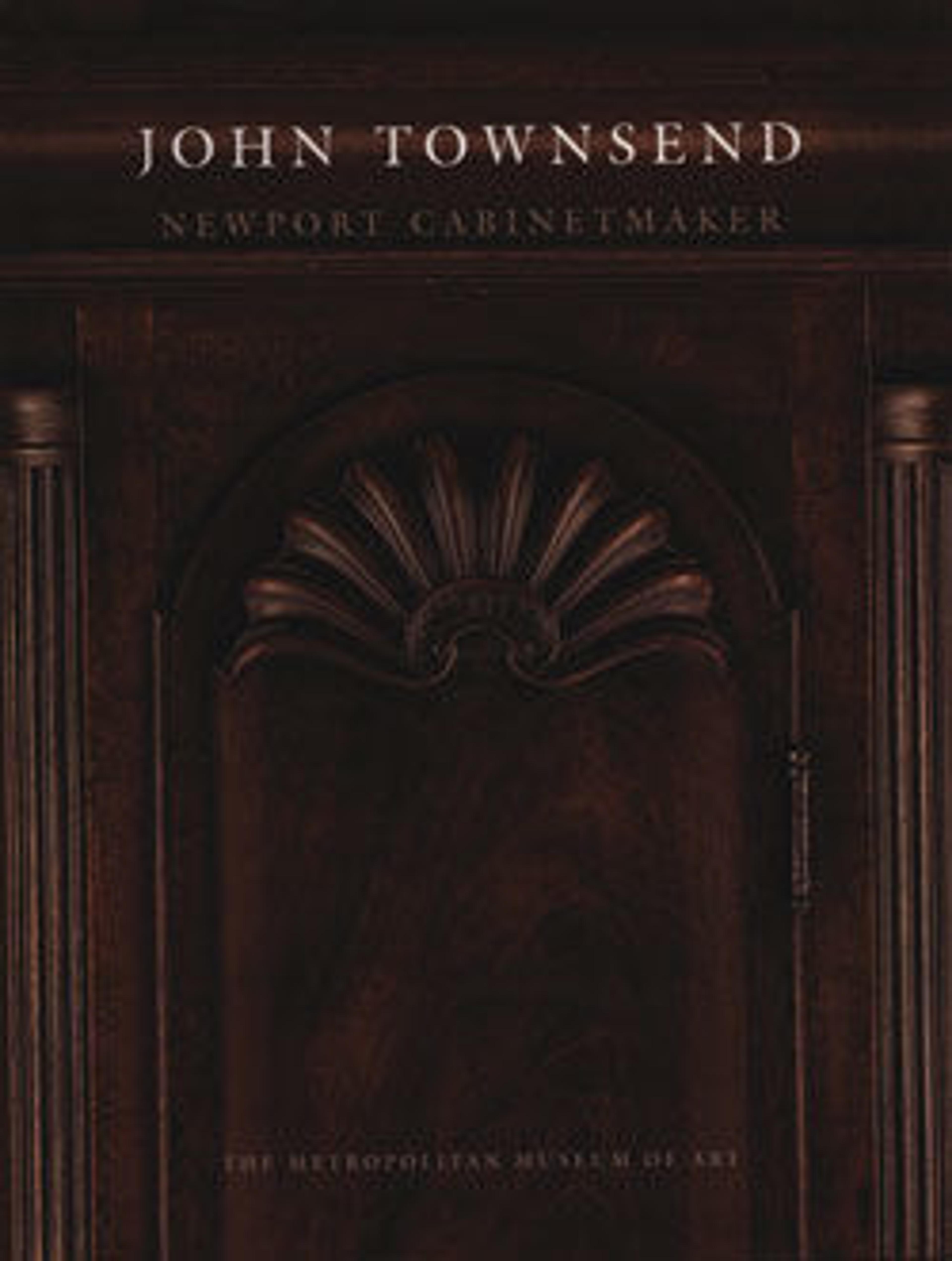Desk and bookcase
Artwork Details
- Title: Desk and bookcase
- Date: 1760–90
- Geography: Made in Newport, Rhode Island, United States
- Culture: American
- Medium: Mahogany, chestnut, white pine, yellow pine, yellow poplar, cedar; brass
- Dimensions: 99 1/8 x 44 1/8 x 25 3/4 in. (251.8 x 112.1 x 65.4 cm)
- Credit Line: Rogers Fund, 1915
- Object Number: 15.21.2
- Curatorial Department: The American Wing
Audio
4015. Desk and Bookcase
SHARON MEHRMAN: This is a massive piece that is towering over you. I think that if you took a hot minute and stood in front of it, you would begin to see that this is not just any ordinary piece of furniture, and especially a desk. You know? [laughs] What we consider a desk these days is pretty much just a flat, rectangular piece of wood on top of a base.
NARRATOR: When this desk was constructed in the eighteenth century, the workshops of Newport, Rhode Island were bustling with activity, producing some of the highest quality furniture of the age. Sharon Mehrman, woodworker and historian, appreciates not just its scale but its details.
SHARON MEHRMAN: For me it would be interesting to be able to go back in time and see what the experience of these original makers was, because I just made a desk last year. Just the work of getting the cases together is pretty significant. And then you've got the drawers. To even carve one of those shells… there are so many lobes on them, they’re so big. And the fact that there's different types.
NARRATOR: Notice how some of the lobes of the shells curve inward, (convex) and others outward (or concave). For artisan Sharon Mehrman, these shapes showcase the distinct challenges of carving the wood.
SHARON MEHRMAN: When you’re carving things like this, you get used to responding to the feel of what’s happening with your chisel. They were producing for a niche clientele, high-end pieces. These were tradesmen, and they learned the trade of cabinetmaking. But whether they called it art or not, I think there’s no doubt that they knew that they were making something remarkable.
More Artwork
Research Resources
The Met provides unparalleled resources for research and welcomes an international community of students and scholars. The Met's Open Access API is where creators and researchers can connect to the The Met collection. Open Access data and public domain images are available for unrestricted commercial and noncommercial use without permission or fee.
To request images under copyright and other restrictions, please use this Image Request form.
Feedback
We continue to research and examine historical and cultural context for objects in The Met collection. If you have comments or questions about this object record, please complete and submit this form. The Museum looks forward to receiving your comments.
